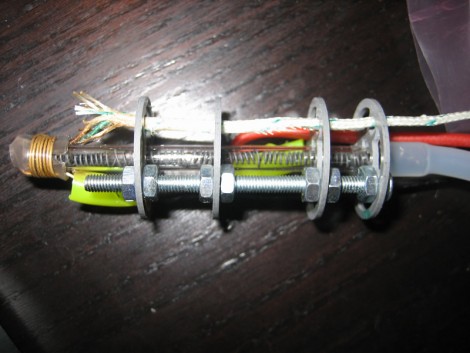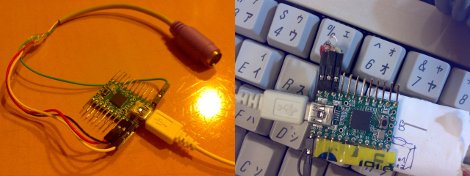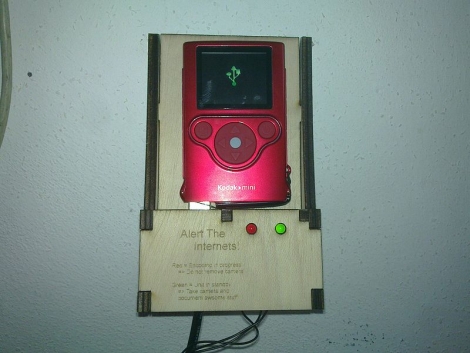
Add to you bench tools by building this hot air reflow station. [Tobi] had a difficult time and was getting frustrated with the reflow oven he was building. He ditched that and set out on this project after drawing inspiration from a hot-air pencil project.
Pictured above is the business end of the device. On the right you can see the tubing that delivers air from an aquarium pump. At the center of the probe is a glass tube containing the heating element. A thermocouple is monitored by an ATmega644 to maintain the desired air temperature which can be dialed in on the base unit. This thing can put out air that’s around 500 degrees Celsius which has cause some problems with melted tubing and singed spacers. The final design includes a cover that fits over everything and hopefully provides adequate thermal isolation for the user’s hand.
[Tobi’s] base unit include faceplates for the front and back milled out of copper clad board. This really makes the tool look a bit more trustworthy. He assures us that there is a demonstration video on the way.














